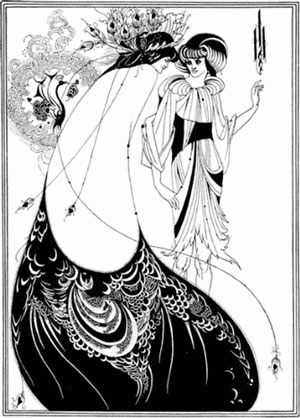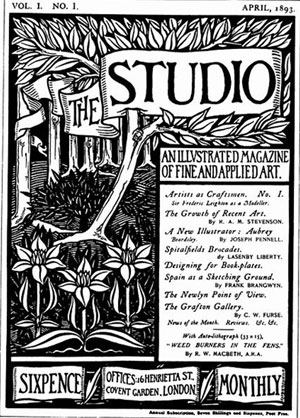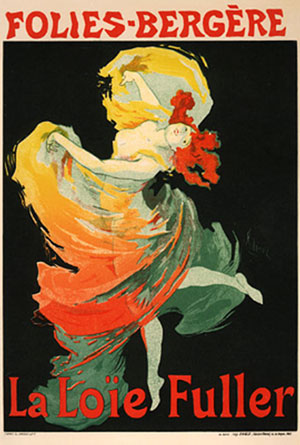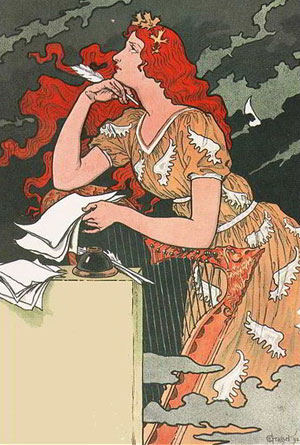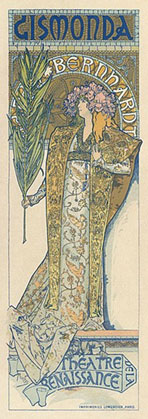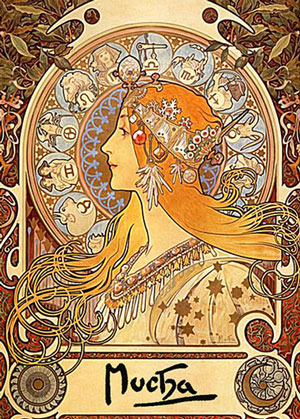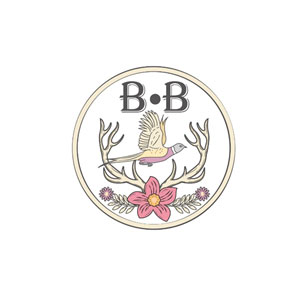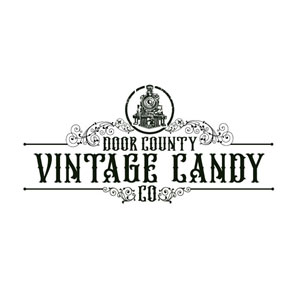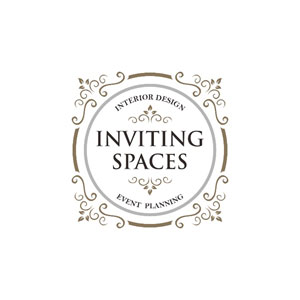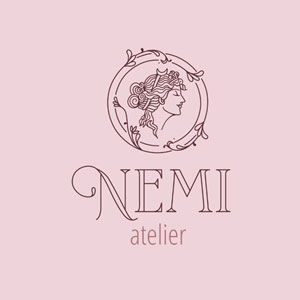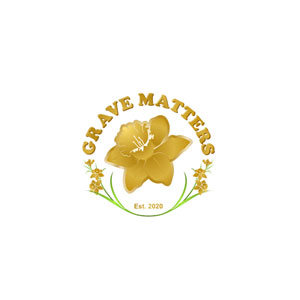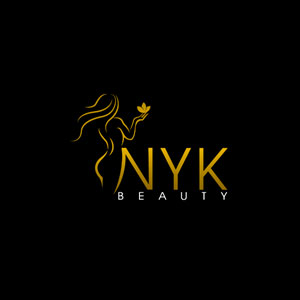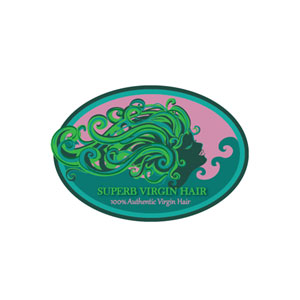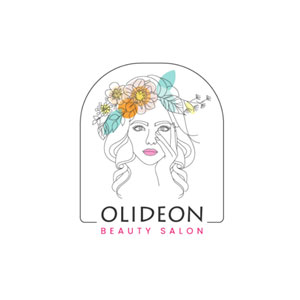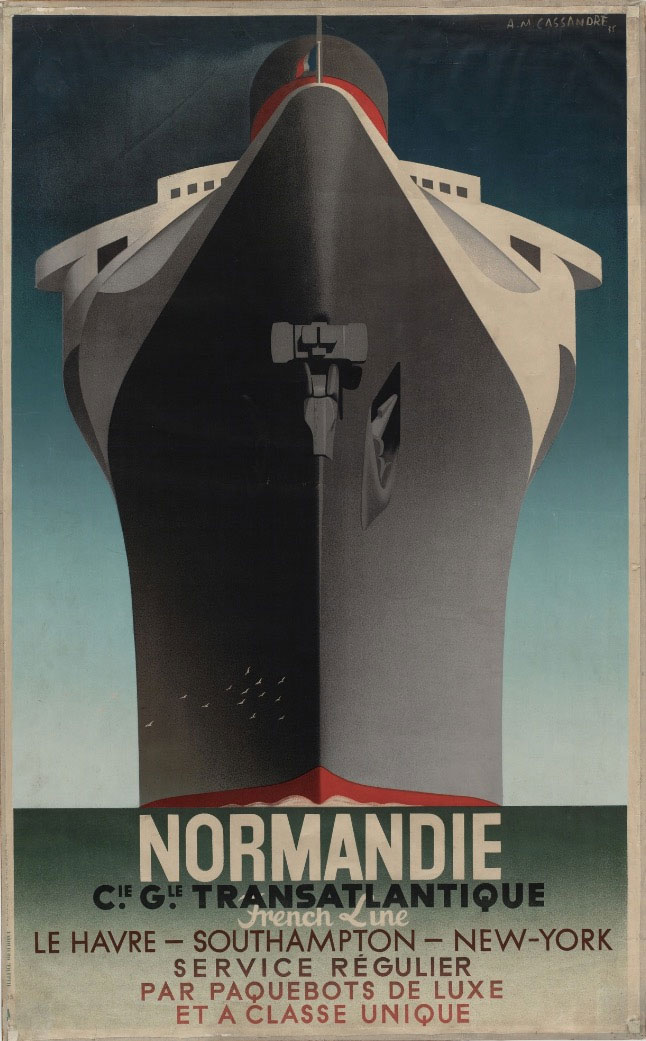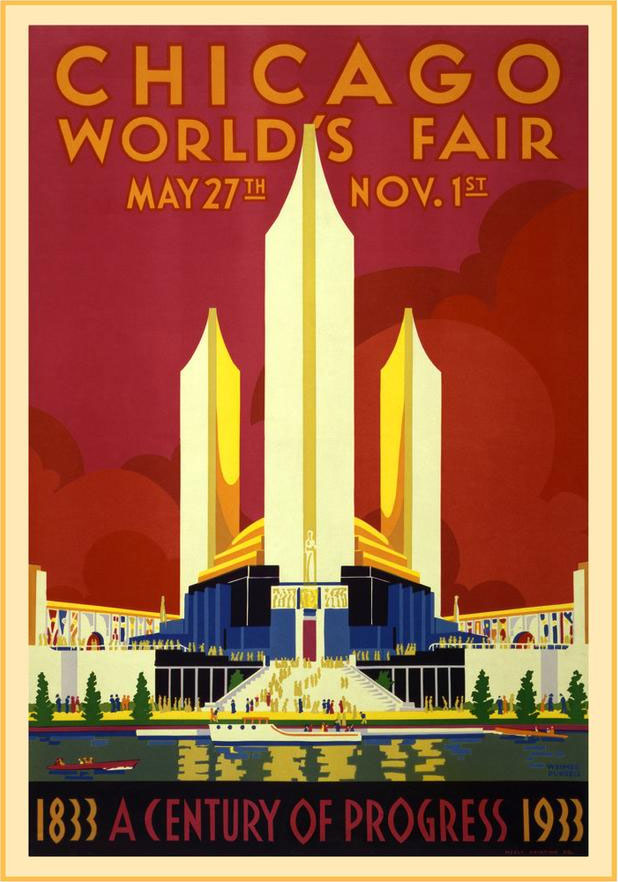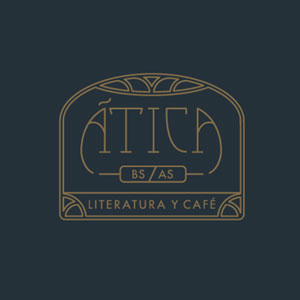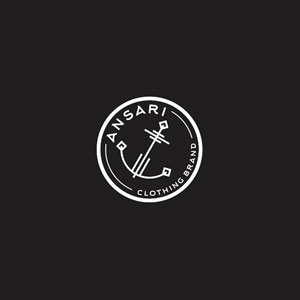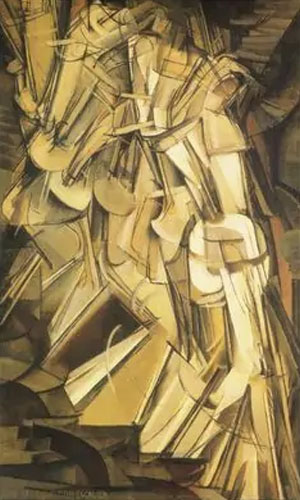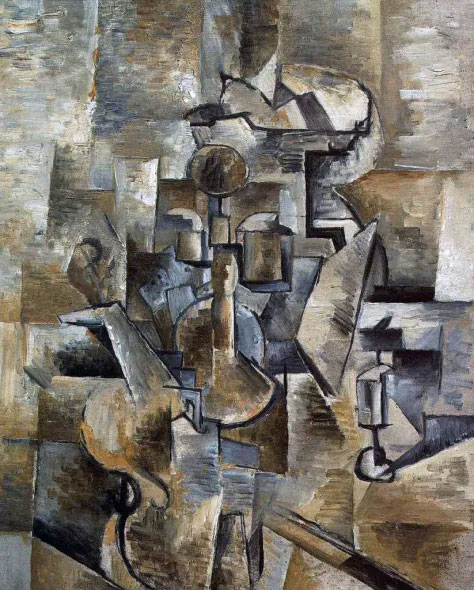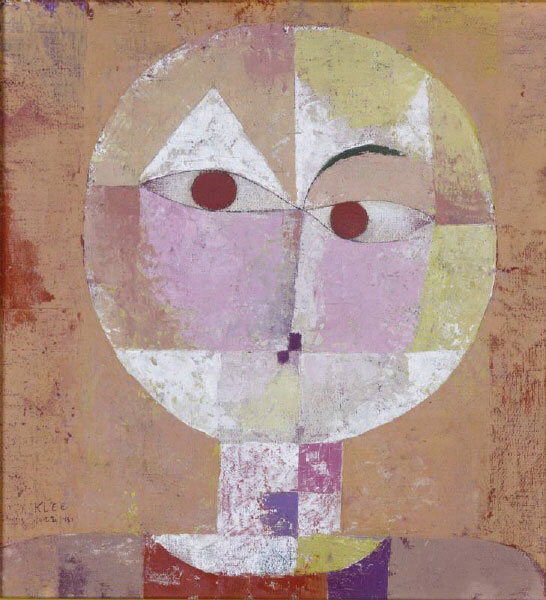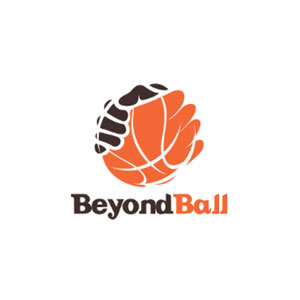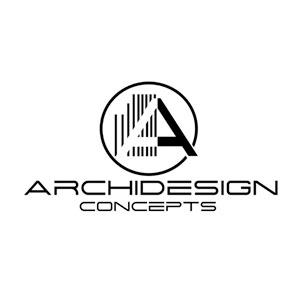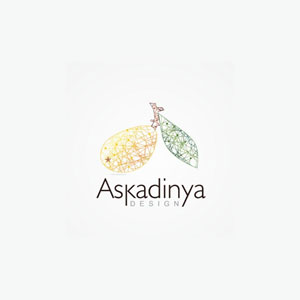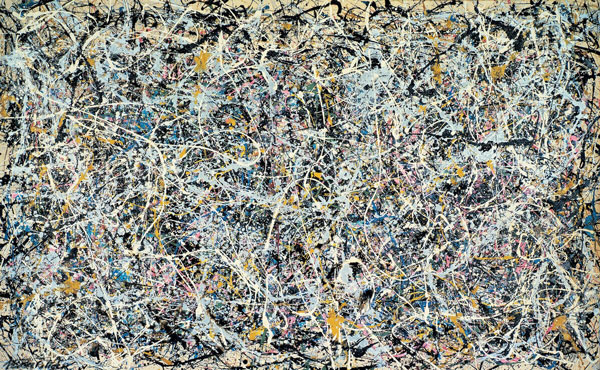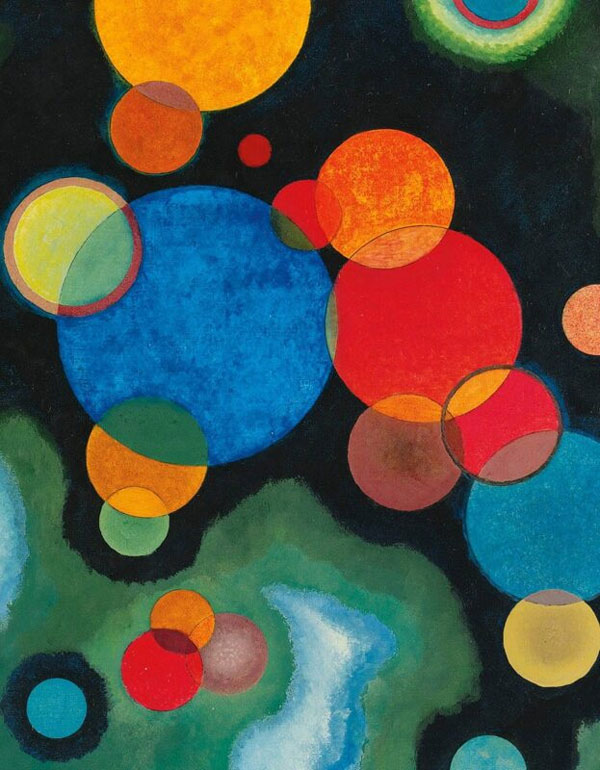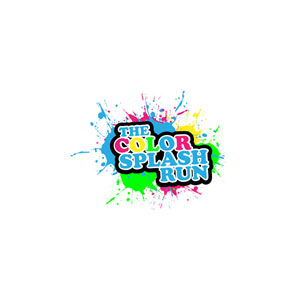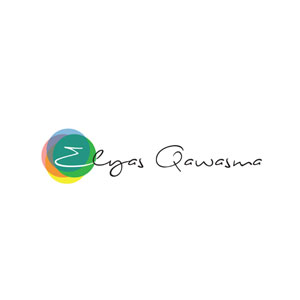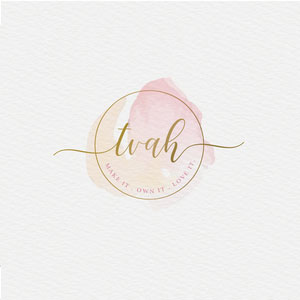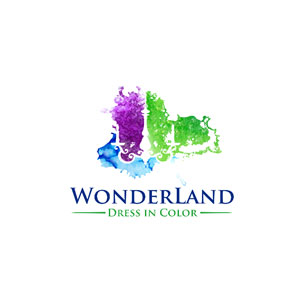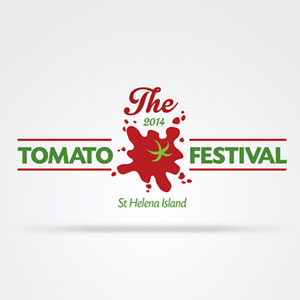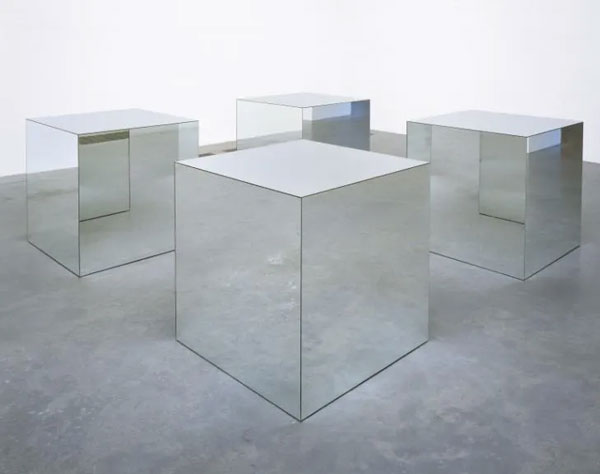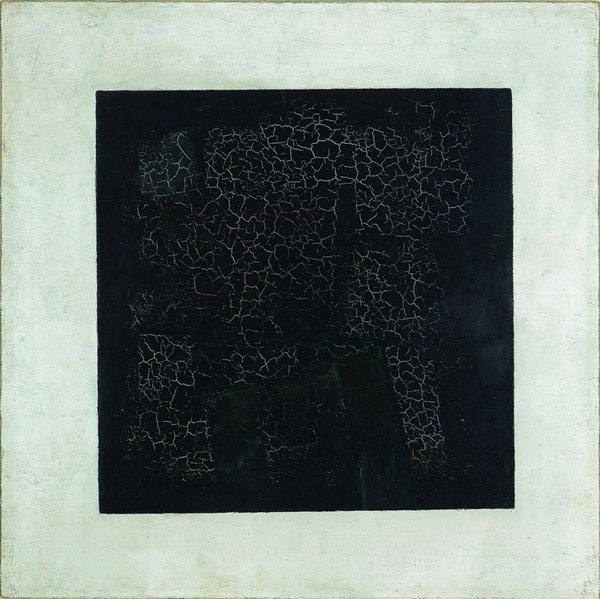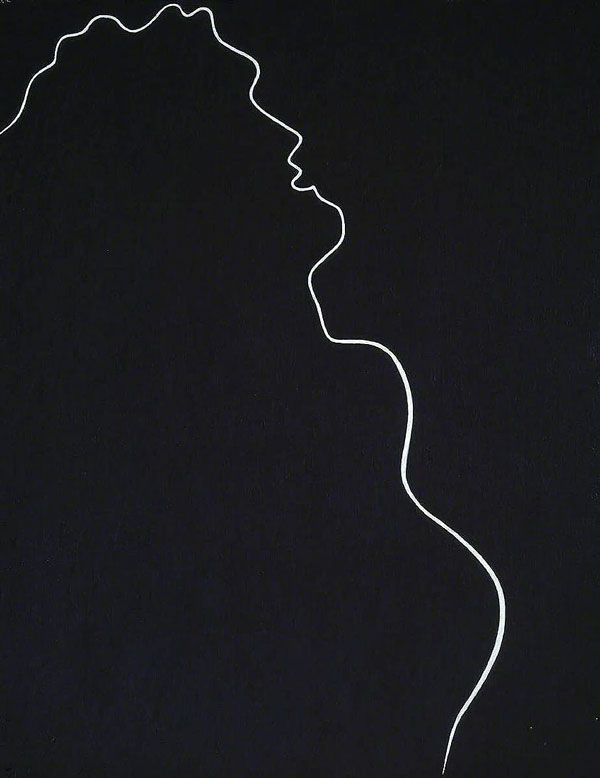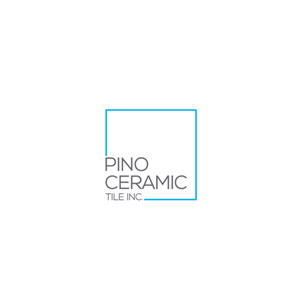Most Memorable Graphic Design Movements And Their Impact On Branding
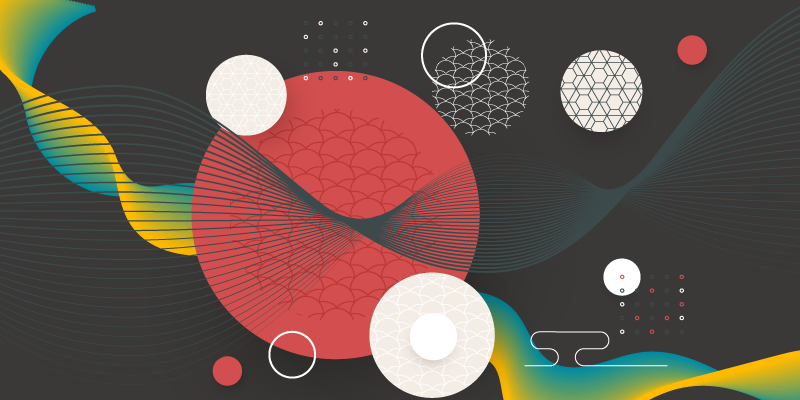
Featured Image: Freepik
With the evolution of graphic design, we have noticed some major styles pave the way for designers to this day. Graphic design movements are chunks of design history that made a powerful impact on this industry. To better understand the theory of design, these movements need to be studied thoroughly.
Over the years, they have helped designers give shape to design projects in a refreshing and unique way. In this article, I will take you through some major graphic design movements and together we will explore how they influenced brand identity design.
Without further ado, let’s continue.
Art Nouveau
The Art Nouveau movement of graphic design had an ornamental design, which usually comprised of elaborated details. With the advent of colored printing and lithography, this style became widespread across the United States and Europe.
Art Nouveau designs mostly featured women and rarely men. These posters represented glamor, beauty, and modernity. They’re highly stylized pieces of art and design that are frequently decorated with floral designs, curvy elements, sinuous shapes, and intricate patterns.
While Arthur Heygate Mackmurdo is credited for bringing the style forward, Aubrey Beardsley used it to engrave illustrations on books. The art became commercialized when the French designer Jules Chéret turned advertising posters into pieces of art for a toiletries and perfume producer, Eugene Rimmel.
The most memorable posters to date were designed by Alphonse Mucha, who used mosaic art and lettering for enhancement. He created a series of posters for theatrical plays, and products ranging from biscuits to cigarettes.
At the time, during the 1800s and 1900s, posters played an immense roles in branding and marketing for clients. The popular poster of Le Chat Noir was created by Théophile-Alexandre Steinlen. It is a rather minimal art nouveau design with asymmetric features.
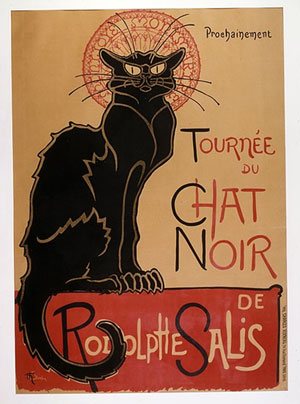
Image Source
When it comes to present-day branding, art nouveau traces can be seen in some modern logo designs. Art Nouveau design style will look exceptional on beauty logos if the composition is laid out nicely.
Art Deco
Arts Décoratifs, long for art deco is another well-known graphic design movement that swept the industry with its mechanical and geometric appearance. It started off as a decorative style for visual arts like sculpture, furniture, textiles, painting, and architecture. It originated in Paris, France but gained momentum across the world.
With advancements in technology, the Art Deco style solidified its permanence into fields like science and the designers grew obsessed with machines like ships, cars, and planes.
The Art Deco style is characterized of the following features:
- Trapezoidal, triangular and faceted forms
- Sleek and streamlined shapes
- Industrial, opulent, and bold appearances
- Straight and chevron lines
- Stylized and vibrant patterns
- Decadent and polished motifs
- Bold and bright or monochromatic color scheme
- Golden, silver, and bronze accents
- Sunbursts and sweeping curvaceous lines
The Art Deco style incorporates graphic elements from other movements like Cubism, Futurism, and Constructivism. In such graphics, whether it is a poster or a logo design, you will notice ziggurats, columns, buttresses, arches, and parapets. It comprises of symmetry, planarity, repetition and simplicity.
Cubism
To this day, we see traces of cubism in graphic design, particularly in unique logo designs. Cubists revolutionized sculpture and painting in Europe, and the movement also inspired other forms of art like architecture, literature, music, and eventually branding. In Cubism, objects are abstracted and reassembled into distinctive compositions that depict more than one viewpoint.
In the style of cubism, artists and designers are not bound to replicate nature – they don’t need to copy space, color, form, and texture; in fact it is an art form in which there is liberty to reimagine things.
Famous Cubist artists you should check out for inspiration include: Pablo Picasso, Alice Bailly, Albert Gleizes, André Lhote, and Paul Klee among others.
Visual identity designers are using the style of cubism to create inspirational projects for clients. With this approach, graphic designers reduce visuals to their basic yet comprehensible level. Many Cubist-inspired logos are aesthetically eye-catching.
Abstract Expressionism
Cubism is part of Abstract art, but Abstract Expressionism is a step forward. This movement started in the 1940s, with prominent artists like Franz Kline, Mark Rothko, Willem de Koong, and Jackson Pollock leading the way.
The idea behind this style of art and design was to fill the canvas with powerful and dynamic applications of colorful paints that evoke emotional responses.
Bits of abstract expressionism movement can be found in logo designs for small businesses and startups. The idea that surrounds this style is that it looks like it is based on randomness, coincidence, anarchy, and idiosyncrasy. This style of design will look great on handicraft logos or event logos.
Minimalism
Minimalism is a rather new design movement that originated in the later 1960s, in America. It is characterized as being extremely simplistic and often to the point. The idea is to use less elements to create something attractive.
The movement initially surfaced by Kasimir Malevich, a Russian artist who painted a black square on white ground. Yes, that was it. The concept behind this and other minimal visual art works is to remove the excessive bits, or not add unneeded forms.
Other names for the movement that help understand it instantly include “ABC art” or “literalist art”, which simply mean that the designs have no element that crowds it or that doesn’t add much essence to it.
The one thing graphic designers need to practice when using minimalism in their projects is to know when to truly know when to stop or to know when not to add anymore forms. Architecture logos will look impressive in minimalism style.
Know that these movements have come and gone, and returned. You don’t have to follow them but if you do, it’ll be cool when someone spots it. Have you tried using any of these movements in your logo designs? Share which one you have used and what are the things you had to watch out for?
Interested in getting something designed? Get a Quote
